Learning Objectives
After completing this topic “Core Description“, you will be able to:
- Summarize how a comprehensive core description contributes to, and supplements, the overall evaluation of a reservoir.
- Discuss the elements required for a comprehensive core description.
- State the useful data and information that each descriptive element adds to the understanding of the reservoir.
Introduction to Core Description
Whenever full diameter cores are acquired, a thorough core description (Figure 1) should be made.
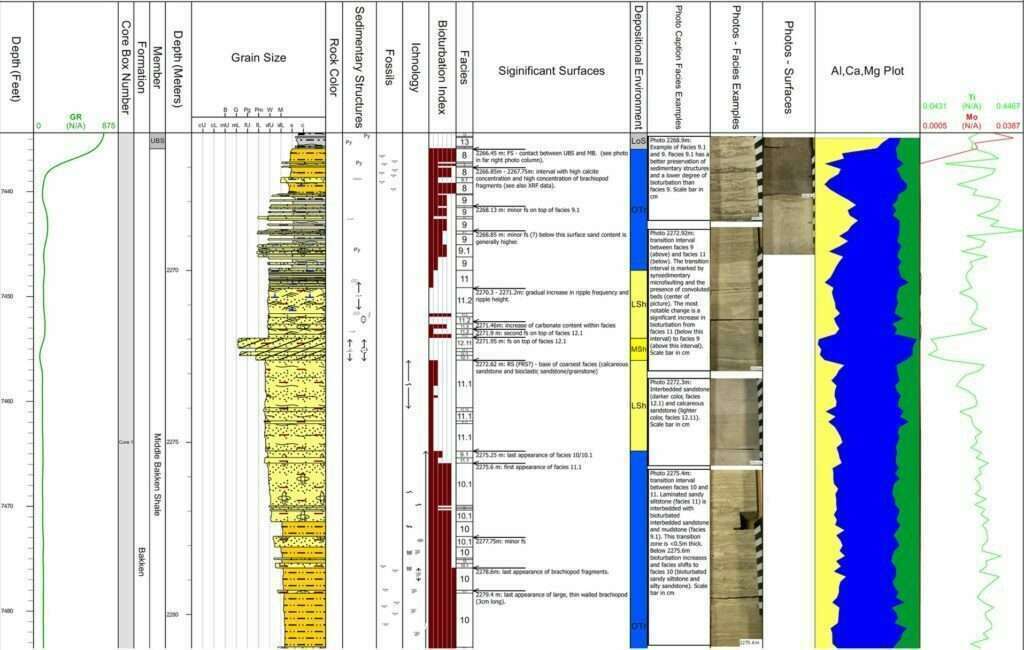
In addition to the routine analysis of core plugs (porosity, permeability, grain density and fluid saturation) and special core analysis (SCAL) measurements, important data and technical interpretations can result from a thorough visual study and full description of cores (Figure 2). Careful examination and the documentation from continuous, full diameter cores provide critical data for sedimentological studies, stratigraphic correlation, depositional environment interpretation, fracture and directional permeability studies as well as LWD/wireline well log calibration.
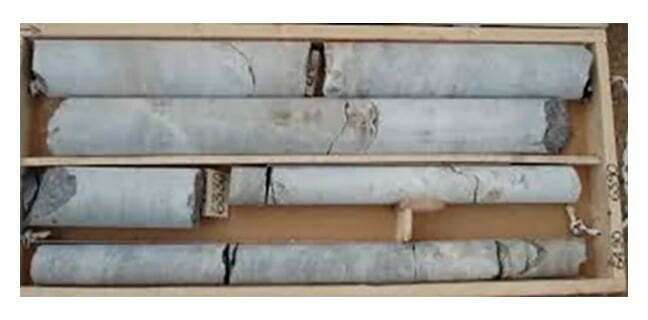
Such studies are important for both conventional and unconventional hydrocarbon reservoirs. These observable characteristics may be subsequently computerized and analyzed statistically, such as is routinely done with fracture study data. They may also be carefully described and permanently recorded by the use of white light, ultraviolet light and color photographs (Figure 3).
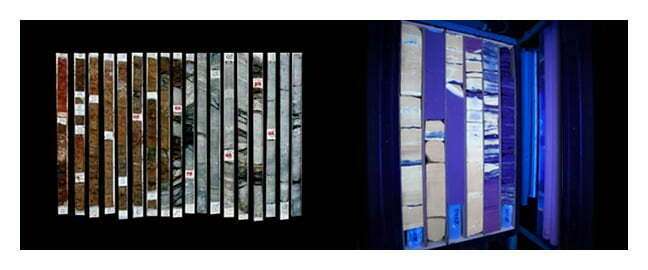
In laminated zones, the measured thickness of reservoir quality rock and shale zones (Figure 4) can form the basis for a net sand determination. The depositional environment can often be inferred from the occurrence of ripple marks and cross-bedding (Figure 5), and a coarsening or fining of grain size with depth (Figure 6), especially when confirmed by other data and studies.
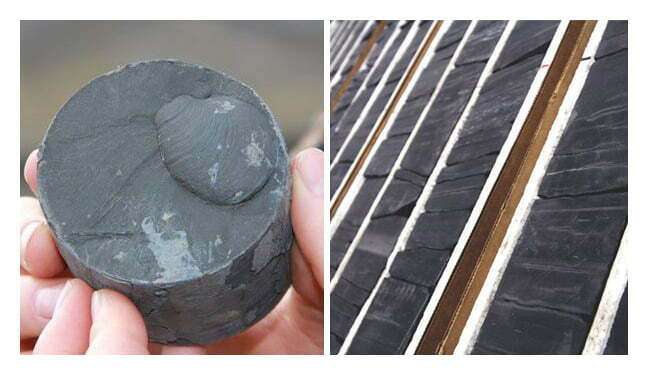
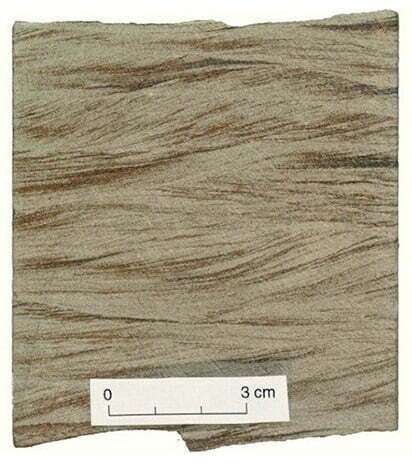
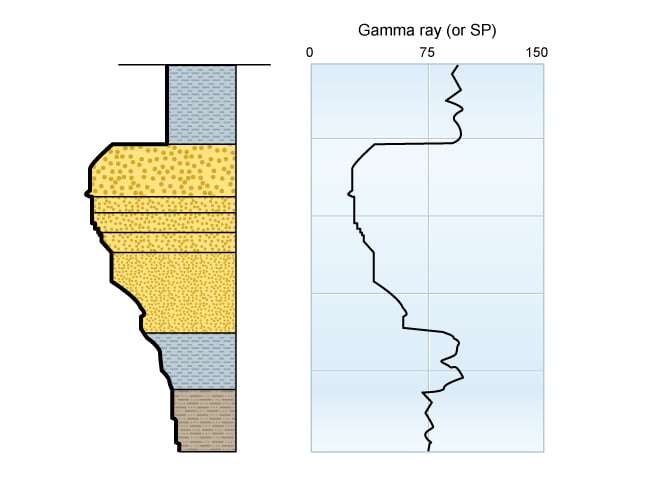
Core Description Format Summary
Core descriptions typically include all, or a significant number, of the following descriptions, normally in the order which it is listed below.
- Rock type and lithological description
- Color
- Thickness of units
- Grain size, sorting and texture
- Major characteristics
- Minor characteristics
- Degree of formation consolidation
- Sedimentary structures
- Fossils and microfossils
- Oil staining and fluorescence
- Fracturing
- Porosity
 Petro Shine The Place for Oil and Gas Professionals.
Petro Shine The Place for Oil and Gas Professionals.



